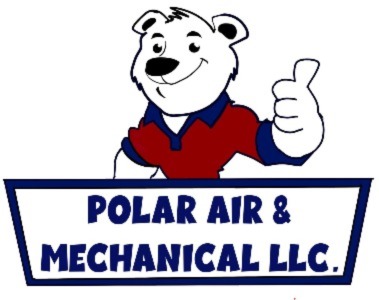
A furnace is almost always a background player for your home, helping keep you warm during the cold winter months. It frequently doesn’t get noticed until something goes wrong.
One root cause could be that your furnace has a cracked heat exchanger. It’s a potentially dangerous issue, so it’s worthwhile to know the signs of a cracked heat exchanger and what you should do if you are worried that may be the problem.
What Is a Heat Exchanger in a Furnace?
A heat exchanger helps move heat from the combustion chamber in your furnace to the air that circulates throughout the air ducts. It typically handles this via coils or tubes that heat up the air while functioning as a barrier to keep the gasses formed in the combustion chamber, called flue gasses, from escaping out into your home.
Is a Cracked Heat Exchanger Dangerous?
Because of its important role, it’s no surprise that a broken heat exchanger can pose a risk. Cracks in the heat exchanger can enable dangerous gasses – including carbon monoxide, which can be lethal – to flow throughout your home.
For obvious reasons, never run your furnace if you think you're dealing with a cracked heat exchanger, as this could make the whole household ill. Reach out to an HVAC professional right away if you think your heater has a cracked heat exchanger that needs repair.
Four Symptoms of a Cracked Heat Exchanger:
- Furnace turns off: Cracks in the heat exchanger may cause your furnace to shut off.
- Odd Smells: If the air escaping your furnace has an intense chemical smell, it could be a sign gas is slipping through cracks in your heat exchanger. These gasses, which may smell like formaldehyde, are a major warning sign.
- Carbon monoxide alarm goes off or you notice poisoning symptoms: If a cracked heat exchanger is releasing carbon monoxide into your home, your carbon monoxide alarm should go off or family members could struggle with signs of carbon monoxide poisoning. Side effects include headaches, dizziness, weakness, nausea, vomiting or feeling sleepy. If an alarm goes off or you feel unwell, leave the home right away and then call for help.
- Soot: If you spot black sooty accumulating on the exterior of your furnace, it’s an indication something might be seriously wrong.
What You Can Do if a Furnace Heat Exchanger is Cracked
If you believe your furnace has a cracked heat exchanger, contact a pro well versed in furnace installation Myrtle Beach right away so they can take a look at your system and, if needed, start a furnace heat exchanger replacement. Costs should differ depending on the situation, but estimates can roughly suggest $1,000 to $3,000.
However, the good news is that heat exchangers are often protected by the warranty. It's a good idea to review the warranty paperwork on your furnace, since while the warranty might not cover the entire cost of repairs, it can significantly lower your bill.
How to Avoid a Cracked Heat Exchanger in Your Home
One of the easiest ways to prevent a problem in your furnace overall is through consistent furnace maintenance. Furnaces offer the most benefits when they operate efficiently. Hiring a skilled professional to inspect your furnace for worn-out parts, dirty filters and other common problems can keep you from getting a big bill later on.
It’s also a good idea to review your furnace filters every few months – it’s recommended some filters be swapped out every 90 days or sooner if they are dirty or grimy. While the filters aren't a part of the heat exchanger itself, the strain of dragging air through a clogged filter makes the entire furnace work longer to complete its job. And the harder your furnace needs to run, the more wear and tear pieces like the heat exchanger will sustain.


